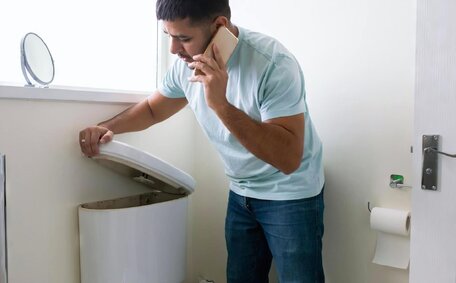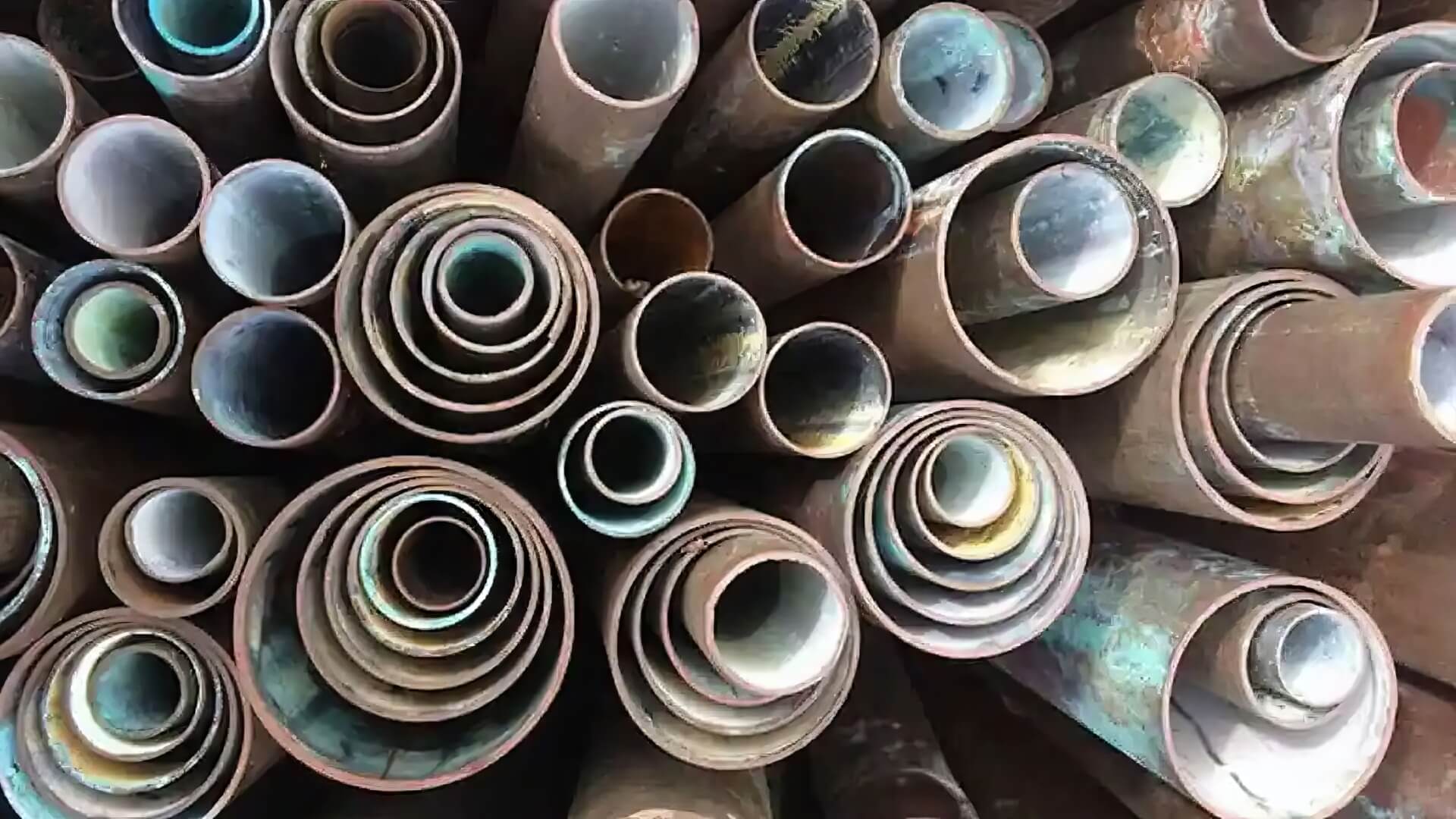
10 Signs Your Hot Water Heater Will Fail
If your water heater is old, leaking, rusty, noisy, not heating water properly or has low pressure, it could fail soon. Get your hot water system inspected today.
Read MoreRegular maintenance is critical for both the efficiency and longevity of your hot water system. An annual service by a licensed plumber is advised to ensure smooth operation and prevent costly issues.
An annual service typically includes inspecting the anode rod and temperature and pressure relief valve for deterioration, as well as flushing the tank to remove sediment.
Insulating your pipes, installing a tempering valve, and setting the heater temperature to approximately 49°C are important steps to improve efficiency. This helps reduce heat loss and optimise energy use.
Be alert to leaks, temperature fluctuations, or unusual sounds—all indicators that a professional water heater service may be required.
Regular hot water heater maintenance prevents unforeseen repairs, ensuring optimal performance from your water tank.
Maintaining a hot water system, which heats and stores water, is essential for its durability and performance in your home. Here’s an overview of different type water heaters and their operation:
Storage tank systems have insulation to store hot water efficiently. Thermostats help maintain the temperature in insulated water heater tanks.
Cold water enters the tank at the bottom and is heated by gas burners or electric elements, supplying all hot water needs inside your hot water system.
Gas models heat water quickly, while electric water heaters are generally cheaper to operate. Water tanks typically range from 190 to 1514 litres, and while larger tanks are pricier, they offer substantial hot water storage.
Gas hot units instantly heat water as it flows through compact devices mounted on your wall.
Gas water heater systems are efficient, heating only the water needed and reducing waste. Tankless gas water heaters assure a continuous flow, guaranteeing an unending supply of hot water throughout your house. Electric ones can output a limited flow rate.
Heat pump water heaters, a form of energy saving appliance, employ electricity to transfer heat between the air and the water in the tank. They are most energy-efficient in warmer climates, with performance dipping in colder temperatures.
Solar hot water systems utilise collectors on your roof connected to a storage tank. The sun heats fluid in the solar hot collectors which then circulates through a coil in the tank, heating the water. They lower energy costs but you need a conventional heater for backup.
To know your water heater and how it functions helps with troubleshooting issues and maintaining peak performance.
The anode rod prevents tank corrosion and generally requires replacement every five years, though annual checks are common. Here’s how to proceed:
Your TPR valve, instrumental for safety, should be monitored to see if it needs replacing. It’s prudent to test the valve every six months to verify proper operation and pressure release capabilities.
Set your water heater to approximately 49°C to save energy while still providing hot water throughout your home. Higher temperatures increase operating costs and limescale buildup in your water heater tank.
Carrying out basic maintenance checks like these can optimise your water heating system’s performance and life your water heater.
Draining and flushing as part of tips your hot water heater maintenance helps remove sediment buildup over time. This straightforward task ensures the water should remain free of sediment, optimising your heater’s efficiency.
Aim to flush your water heater every 5 years, or as needed. More frequent draining may be needed with hard water.
Regular tank flushing eradicates mineral deposits and sediment, boosting both performance and efficiency of your water heater.
It’s crucial to ensure your hot water system serviced regularly and to observe for any concerns suggesting repairs or maintenance are necessary. Here are some key signs to look out for:
Leaks by the tank, pipes, or valves may suggest worn parts requiring attention. Small drips, if overlooked, can lead to more significant leaks as time progresses.
Noticeably low pressure or hot water that quickly turns cold may mean sediment buildup is constricting pipes or issues with heating elements.
Clanking, rumbling or banging noises from your hot water system are a red flag, often signalling sediment, loose pipes or failing components.
If water from your taps is rusty or discoloured, your hot water heater’s tank may be corroding and may need replaced.
Should water temperature vary from very hot to lukewarm, it suggests the thermostat may need professional adjustment.
Ignoring these signs can lead to more severe issues, so contact a licensed technician at the first sign of trouble to extend your water system’s life. Extending the life of your hot water system by fixing problems early on can often prevent more expensive repairs.
Leaks by the tank, pipes, or valves may suggest worn parts requiring attention.
Confirm your technician has Australian certification, such as a Cert III in Plumbing, to ensure qualified and legal water heater servicing.
Select technicians with proven experience in hot water systems servicing and a strong understanding of local standards and building codes.
Opt for technicians specialising in your specific water heater type and brand, including gas, electric, heat pump, or solar models.
Ensuring your plumber provides insurance and warranties on parts and workmanship offers protection against future issues.
Review customer testimonials and seek references to ensure the plumber delivers quality service and customer satisfaction.
In Mortdale, contact Mortdale Plumbing at 1300 349 338 or jobs@mortdaleplumbingservices.com.au for expert hot water system service by our experienced and customer-focused team.
If your water heater is old, leaking, rusty, noisy, not heating water properly or has low pressure, it could fail soon. Get your hot water system inspected today.
Read MoreIf you have plumbing fixtures that are over 10 years old or showing signs of wear like leaks and cracks, it’s important to replace them to prevent more costly water damage in the future. Replacing worn fixtures improves water efficiency.
Read MorePipe relining is a trenchless method that renews pipes from the inside out. It involves draining, drying and scrubbing the pipe interiors before applying materials like silicone, PMMA or epoxy resins to create a resilient, soft, temporary liner inside the existing pipes.
Read MoreMortdale, 2223 NSW
We will call back as soon as possible.




